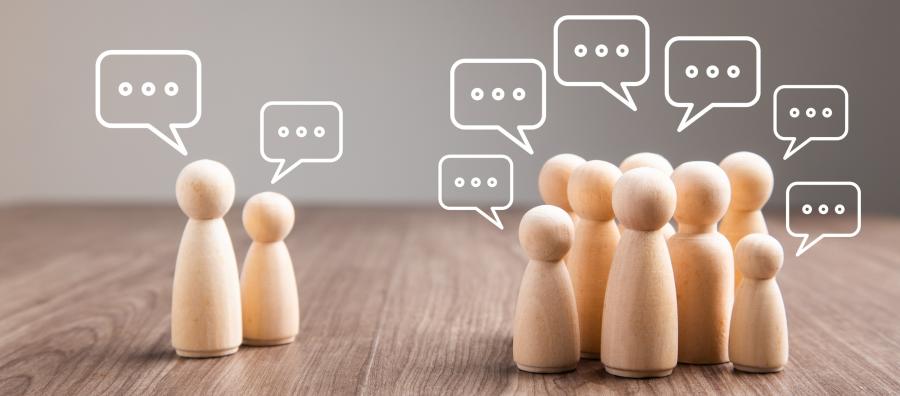Date
Image

Worksheet
Below, you'll find a link to a worksheet guiding you through the various steps of the communications toolkit, with the aim of helping you create your own communications strategy. The worksheet allows users to answer the prompts and questions listed in the toolkit in their own words.
This worksheet is available in different formats with the same content:
- A spreadsheet to easily fill in.
- A fillable PDF.
- As part of the overall Communications Toolkit downloadable PDF, for printing and writing in.
The various sections in the worksheet include:
- Section 1: Establishing Goals – A space for you and your team to determine and set down your overarching communication goals.
- Section 2: Identifying Audiences – A space to brainstorm potential audiences who would have an interest in your research and what sets them apart from one another.
- Section 3: Audience-Centered Analysis – A set of guided prompts to consider your relationship with these audiences in depth, such as your relationship with the audiences, their experience with and attitudes toward the subject, and ways that you can effectively connect with them.
- Section 4 – Reaching Audiences – A table to help you identify which means of communication will be most effective for each unique audience.
- Section 5 – Media & Contacts List – A template for you to organize your list of contacts and ways of reaching out to them (e.g., email addresses, social media handles/pages, list servs, etc.)
- Section 6 – Crafting a Clear Message – A space for organizing your core messages for audiences to explain the problem your research is trying to solve and what role they can play in the solution.
- Section 7 – Writing Tips – A space to help you practice identifying complicated language and finding alternative ways to express those ideas.
- Section 8 – And, But, Therefore Statement – A space to help you write your abstract in a an easy-to-digest format, following the And, But, Therefore Statement format.
- Section 9 – Elements of a Story – A guide to explaining your research by framing it within a storytelling structure.
- Section 10 – Follow-Up: How Is Your Strategy Working? – Once your strategy has launched, use this space to record some of the results you've gathered, such as number of social media reactions, verbal and written feedback from surveys, number of newsletter subscribers. With this data, reflect on your strategy and revise as needed.
Return to the SESYNC Communications Toolkit.
SESYNC's Communications Toolkit:
Share